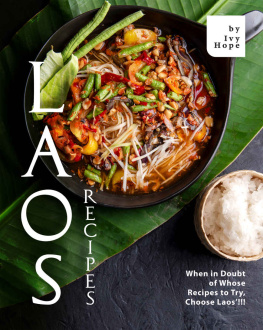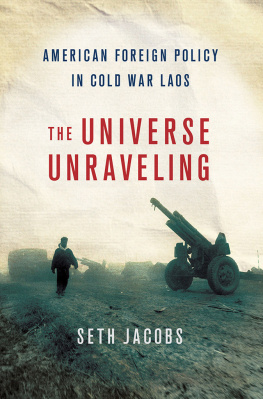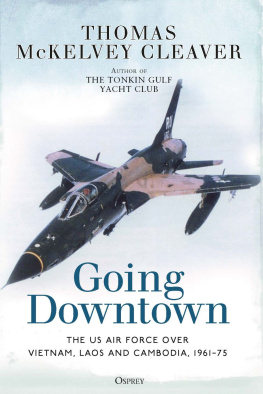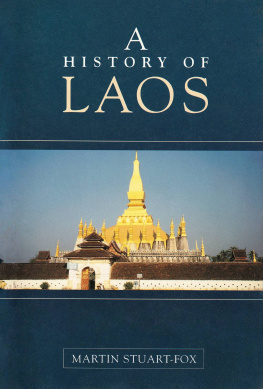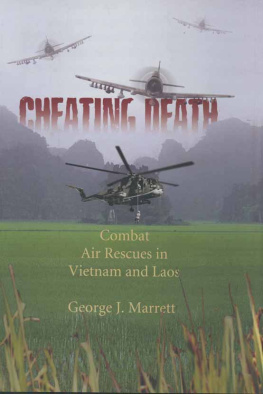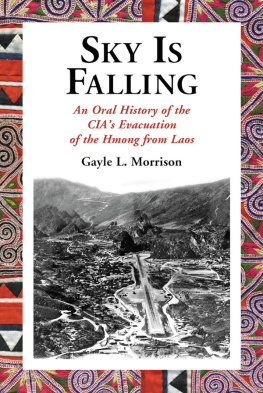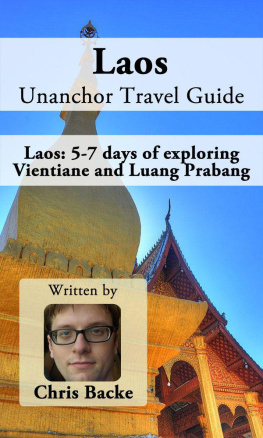Thank you for downloading this Simon & Schuster eBook.
Join our mailing list and get updates on new releases, deals, bonus content and other great books from Simon & Schuster.
C LICK H ERE T O S IGN U P
or visit us online to sign up at
eBookNews.SimonandSchuster.com
Also by Joshua Kurlantzick
Charm Offensive: How Chinas Soft Power Is Transforming the World
The Ideal Man: The Tragedy of Jim Thompson and the American Way of War
Democracy in Retreat: The Revolt of the Middle Class and the Worldwide Decline of Representative Government

Simon & Schuster
1230 Avenue of the Americas
New York, NY 10020
www.SimonandSchuster.com
Copyright 2016 by Joshua Kurlantzick
All rights reserved, including the right to reproduce this book or portions thereof in any form whatsoever. For information, address Simon & Schuster Subsidiary Rights Department, 1230 Avenue of the Americas, New York, NY 10020.
First Simon & Schuster hardcover edition January 2017
SIMON & SCHUSTER and colophon are registered trademarks of Simon & Schuster, Inc.
For information about special discounts for bulk purchases, please contact Simon & Schuster Special Sales at 1-866-506-1949 or .
The Simon & Schuster Speakers Bureau can bring authors to your live event. For more information or to book an event, contact the Simon & Schuster Speakers Bureau at 1-866-248-3049 or visit our website at www.simonspeakers.com.
Interior design by TK
Jacket design by Michael Nagin
Jacket photography by John Quintero/Getty Images
Library of Congress Cataloging-in-Publication Data
Names: Kurlantzick, Joshua, author.
Title: A great place to have a war : America in Laos and the birth of a military CIA / Joshua Kurlantzick.
Other titles: America in Laos and the birth of a military CIA
Description: New York : Simon & Schuster, [2017] | Includes bibliographical references and index.
Identifiers: LCCN 2016005352 (print) | LCCN 2016021281 (ebook) | ISBN 9781451667868 (hardcover) | ISBN 9781451667882 (pbk.) | ISBN 9781451667899 (E-Book)
Subjects: LCSH: Vietnam War, 19611975CampaignsLaos. | Vietnam War, 19611975Secret serviceUnited States. | United States. Central Intelligence AgencyHistory20th century.
Classification: LCC DS557.8.L3 K87 2017 (print) | LCC DS557.8.L3 (ebook) | DDC 959.704/38dc23
LC record available at https://lccn.loc.gov/2016005352
ISBN 978-1-4516-6786-8
ISBN 978-1-4516-6789-9 (ebook)
The Council on Foreign Relations (CFR) is an independent, nonpartisan membership organization, think tank, and publisher dedicated to being a resource for its members, government officials, business executives, journalists, educators and students, civic and religious leaders, and other interested citizens in order to help them better understand the world and the foreign policy choices facing the United States and other countries. Founded in 1921, CFR carries out its mission by maintaining a diverse membership, with special programs to promote interest and develop expertise in the next generation of foreign policy leaders; convening meetings at its headquarters in New York and in Washington, DC, and other cities where senior government officials, members of Congress, global leaders, and prominent thinkers come together with CFR members to discuss and debate major international issues; supporting a Studies Program that fosters independent research, enabling CFR scholars to produce articles, reports, and books and hold roundtables that analyze foreign policy issues and make concrete policy recommendations; publishing Foreign Affairs , the preeminent journal on international affairs and U.S. foreign policy; sponsoring Independent Task Forces that produce reports with both findings and policy prescriptions on the most important foreign policy topics; and providing up-to-date information and analysis about world events and American foreign policy on its website, www.cfr.org.
The Council on Foreign Relations takes no institutional positions on policy issues and has no affiliation with the U.S. government. All views expressed in its publications and on its website are the sole responsibility of the author or authors.
For Caleb and Jonah
Contents
Chapter
Baci
BILL LAIR HELD OUT HIS lanky arms, the sleeves of his button-down shirt rolled up to the shoulder. Smoke wafted through the one-room building with mud floors and walls made of corrugated metal and thatch. Besides an open stove in the back of the room and a simple wood table in the middle, there was little other furniture in the building. Lair had been given a low wooden bench to sit on, and he struggled to fold his legs under it. Most of the other people inside the building stood or squatted on the muddy ground.
Lair was surrounded by men and women from the Hmong hill tribe, one of the largest ethnic minority groups in the Southeast Asian nation of Laos, the landlocked country wedged, like a fishhook, among Myanmar, Thailand, Cambodia, China, and Vietnam. They had come for the baci , the Thai and Laotian ceremony in which people are symbolically bound through the tying of strings around each others wrists and forearms. The ceremony had been going on since the late afternoon, and Lair already had at least twenty white strings tied around his arms. His arms would be covered in strings by night. There seemed to be no end to the mass of people crowding through the door of the house and waiting to see the American with the bristly buzz cut and the thick Clark Kent glasses who spoke fluent Lao with a Texas accent. Behind the Texan, women loaded up simple metal plates with pig parts, sticky rice, and fruit, and handed them to Lair, nodding at him to eat. The Hmong women mostly waited to eat until men were finished. Three shamans chanted just behind Lair. Many Hmong believed that when they chanted, the shamans literally entered another world. The men writhed and sang and spat as if possessed.
Vang Pao, a military officer in the anti-communist forces and the leader of this group of Hmong, paced among Lair, the doorway, and the shamans, directing the event. Lair could not see all the people outside the hut, but he estimated that at least five hundred Hmong had come to the baci . Vang Paos battlefield successes had helped him ascend from a modest backgroundhis family had not been clan leadersto become one of the most powerful Hmong men on the anti-communist side. He would soon be the most powerful Hmong leader in Laos.
Vang Pao claimed to be leading an army of nearly five thousand irregulars against the Vietnamese and Laotian communists. But Lair saw not only young men who might be fighting types but also younger women, children, and older Hmong. Some of the older Hmong men and women had come to the baci dressed in what Lair believed was their finest attire: baggy black trousers, embroidered black vests, and strings of silver ornaments.
It was the winter of 1961. Lair had already lived in Southeast Asia for more than a decade, and he had attended baci ceremonies before. Groups throughout Southeast Asia had baci s all the time. Baci s were held, and strings tied, when new homes were built, when relatives relocated, when babies were born, when men and women were married off, when visitors arrived from far away. A village of Hmong might hold fifteen or twenty baci ceremonies in one month, if many auspicious events occurred at one time.
But this was not a normal baci . Bill Lair had spent his decade in Southeast Asia as a clandestine operative for the Central Intelligence Agency, and he had become known within the agency for his knowledge of the region, his language skills, and his extensive contacts. Behind his shy, aw-shucks demeanor, his plain shirts and plain face, lurked a fierce man who had fought through France and Belgium with an armored division in the Second World War and had
Next page

